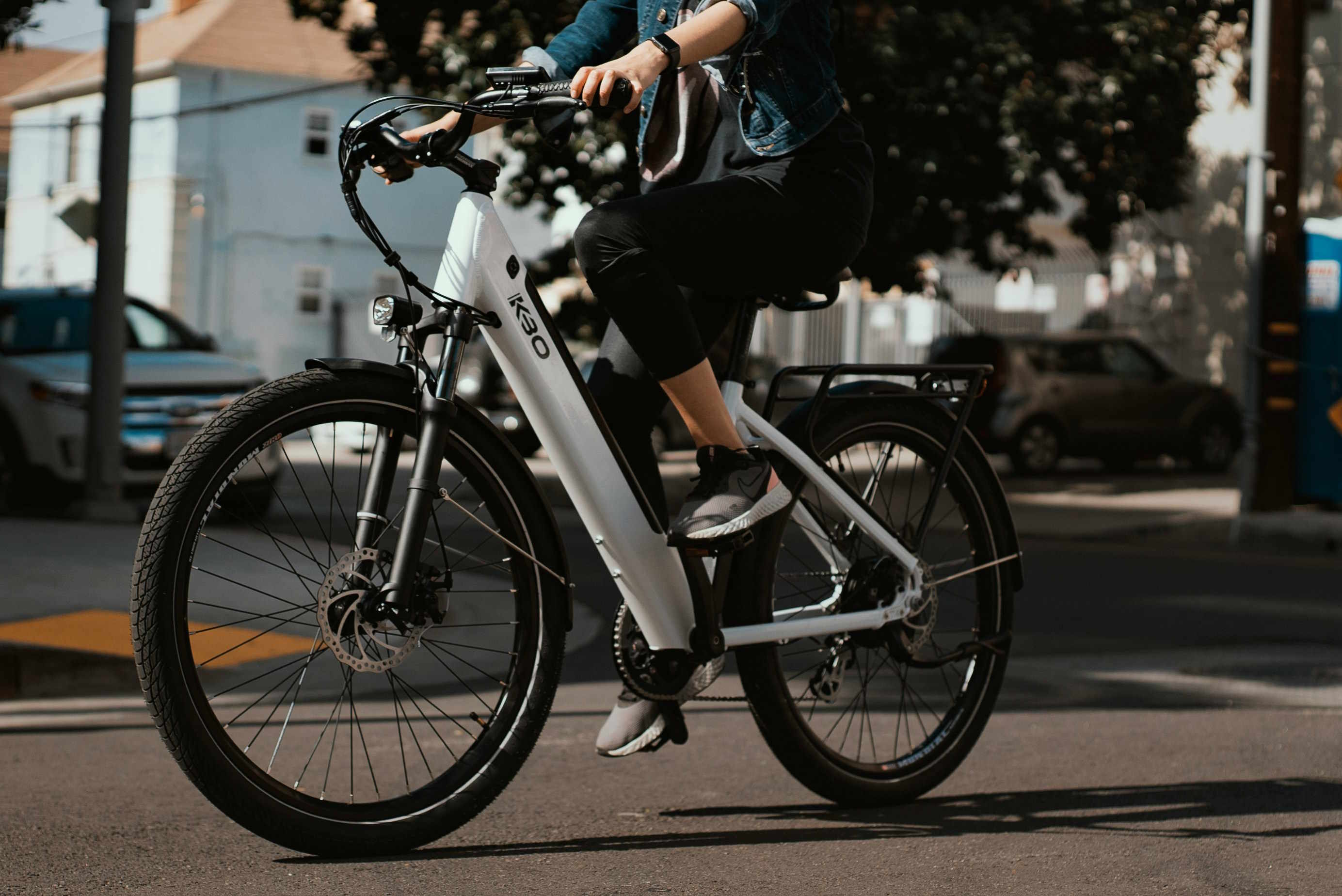The Future of Mobility: Electric E-Bikes in India
India's transportation landscape is experiencing a revolutionary shift as electric bicycles emerge as a practical solution to urban mobility challenges. With increasing concerns about air pollution, rising fuel costs, and traffic congestion in major cities, e-bikes are becoming an attractive alternative for daily commuting. This transformation represents not just a technological advancement but a fundamental change in how Indians approach personal transportation, offering an eco-friendly, cost-effective, and convenient option for millions of commuters across the country.
Tradition Meets Innovation: The Rise of E-Bikes
The adoption of electric bicycles in India reflects a perfect blend of traditional cycling culture and modern technology. While bicycles have long been a staple of Indian transportation, particularly in smaller cities and rural areas, the integration of electric motors has breathed new life into this classic mode of transport. Government initiatives like the Faster Adoption and Manufacturing of Hybrid and Electric Vehicles (FAME) scheme have accelerated this transition by providing subsidies and incentives for electric vehicle adoption.
The surge in e-bike popularity is also driven by changing urban demographics, with younger generations seeking sustainable transportation options. Cities like Pune, Bangalore, and Delhi have witnessed significant growth in e-bike usage, supported by improving cycling infrastructure and dedicated bike lanes. The pandemic further accelerated this trend as people sought personal transportation alternatives to crowded public transport.
Key Features of Modern Indian E-Bikes
Today’s electric bicycles in India come equipped with advanced features designed to meet local needs and conditions. Most models offer pedal-assist functionality, allowing riders to choose between manual pedaling, electric assistance, or full electric mode. Battery technology has improved significantly, with lithium-ion batteries providing ranges of 40-80 kilometers on a single charge, sufficient for most urban commuting needs.
Modern Indian e-bikes typically feature removable batteries for convenient charging, LED displays showing speed and battery status, and robust frames designed to handle Indian road conditions. Many models include additional features like USB charging ports, integrated lights, and smartphone connectivity. The motors, usually hub-mounted, provide assistance up to 25 km/h to comply with Indian regulations that classify e-bikes as bicycles rather than motor vehicles.
Sustainability and Lifestyle
Electric bicycles contribute significantly to environmental sustainability goals while promoting healthier lifestyles. With zero direct emissions during operation, e-bikes help reduce urban air pollution when replacing conventional vehicles for short to medium-distance trips. The carbon footprint of e-bikes remains minimal even when considering electricity generation, especially as India increases its renewable energy capacity.
From a lifestyle perspective, e-bikes offer numerous health benefits by encouraging physical activity while reducing the physical strain of traditional cycling. Commuters can arrive at their destinations without excessive sweating, making e-bikes practical for office commutes. The quiet operation and ease of parking also make them ideal for urban environments where space and noise are concerns.
Comparison of E-Bike Categories in India
The Indian e-bike market offers various categories to suit different needs and preferences. City e-bikes are designed for urban commuting with comfortable seating positions and practical features like baskets and fenders. Folding e-bikes cater to users with limited storage space or those who combine cycling with other modes of transport. Mountain e-bikes are built for recreational use and off-road adventures, while cargo e-bikes serve commercial purposes and family transportation needs.
Performance varies significantly across categories, with city bikes focusing on comfort and range, while mountain e-bikes emphasize power and durability. Folding models prioritize portability, often accepting reduced battery capacity for compact design. Understanding these distinctions helps consumers choose the right e-bike for their specific requirements and usage patterns.
| E-Bike Model | Brand | Price Range (INR) | Key Features |
|---|---|---|---|
| Lectro EssentiA | Hero Lectro | 35,000 - 45,000 | 25km range, removable battery |
| EMotorad X3 | EMotorad | 55,000 - 65,000 | Fat tire, 65km range |
| Avon E Lite | Avon Cycles | 25,000 - 35,000 | Basic commuter, 35km range |
| Tronx One | Tronx Motors | 40,000 - 50,000 | Smart connectivity, 50km range |
Prices, rates, or cost estimates mentioned in this article are based on the latest available information but may change over time. Independent research is advised before making financial decisions.
The pricing of e-bikes in India varies considerably based on features, battery capacity, and brand positioning. Entry-level models suitable for basic commuting start around 25,000 rupees, while premium models with advanced features can exceed 80,000 rupees. The total cost of ownership remains attractive when compared to fuel-powered two-wheelers, with minimal maintenance requirements and low operational costs making e-bikes economically viable for regular users.
Electric bicycles represent a promising future for Indian mobility, addressing multiple challenges simultaneously while offering practical benefits to users. As technology continues to improve and costs decrease, e-bikes are positioned to play an increasingly important role in India’s transportation ecosystem. The combination of government support, improving infrastructure, and growing environmental awareness creates favorable conditions for continued growth in this sector. For Indian consumers seeking sustainable, economical, and practical transportation solutions, electric bicycles offer a compelling option that aligns with both personal needs and national sustainability goals.





